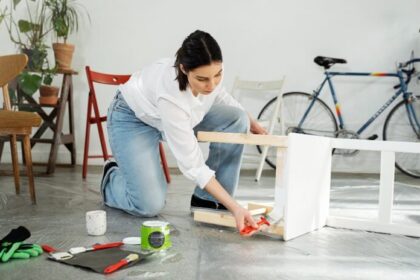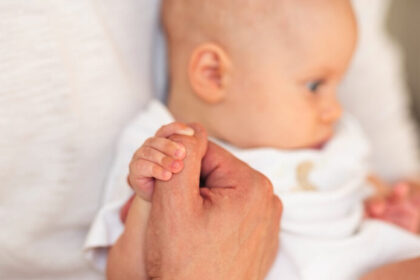Your home serves as both a safe haven and your most important asset, which you must safeguard from all hazards, including natural disasters. Depending on the time of year and the area you reside in, disasters can happen at any time, causing catastrophic damage to your home if you aren’t ready. You may strengthen your home and reduce repair expenditures to a minimal by evaluating its existing state and the risk exposure.
Arrange a home inspection
It’s imperative that someone inspect your house from the top to the foundation in order to assess its current status and detect any potential concerns. Employ a qualified house inspector, but make sure they don’t overlook anything. The plumbing system needs to be examined for any potential draining problems, among other crucial areas. The structural stability of your exterior constructions, such as porches, decks, sheds, and fences, must also be evaluated by the inspector. A leaky roof requires prompt treatment because it might cause issues in several situations. Your home’s wiring is a different problem that requires additional professional knowledge because it may be dangerous in crises like floods and fires.
Keep crucial documents secure
Even though it might be challenging to rebuild a home after a tragedy, having all the necessary paperwork on hand makes the process go much more smoothly. Write down or take pictures of a list of your household belongings, and then keep it in a fireproof safe, a safety deposit box, or wherever else you feel secure. Put here the assets’ purchase receipts and the warranty details you’ll need to submit a loss or damage insurance claim.
Create an emergency kit
Building an emergency pack that can last up to three days is advised by preparedness and survival experts in case your access to electricity, clean water, groceries, and other local services is cut off. Basically, a first-aid kit, flashlight, batteries, medication, baby supplies (if necessary), a battery-operated radio, and a supply of non-perishable (canned) food and water are all that should be included in a basic emergency survival kit. Moreover, familiarise yourself with the local emergency plans and procedures for dealing with natural disasters, as well as the relief facilities where your family can spend time away from home.
Get insurance
No matter how much time and effort you put into protecting your property, you can construct it like Cheyenne Mountain, but it won’t be truly safe unless you have appropriate insurance. Inquire about choices that cover your contents when applying for home insurance. The majority of content insurance also cover damage to your possessions resulting from a fire or car accident while being transported to a different place. Further protection choices for goods connected to your business are included in the home and content settings. Make sure the bundle you’ve chosen won’t leave you underinsured before you sign a policy.
Wildfires
In wooded places, especially during the dry summer months, wildfires are a significant risk whether they are started by lightning, human error, or lava. By leaving a 10 m clearance between your property and the treeline and clearing any dead plant matter like leaves, pine needles, and dry twigs from the area around your house, you can lessen the exposure of your home. Install mesh screening under and around your decks and porches, around any roof openings or other vents, and in some situations, all the way around the exterior of your property. As a result, it is more difficult for flying debris and sparks to ignite your home.
Floods
Nearly anywhere in the world can experience emergency floods, and it is impossible to anticipate where or why the next one will occur. Floods struck the US states of Colorado, New York, Arizona, Michigan, the Carolinas, and Louisiana between 2013 and 2016, affecting hundreds of thousands of people and causing damage estimated in the tens of billions. Keep valuables in a watertight safe, back up vital papers online, stock up on emergency supplies, and go to the highest floor if you become trapped in a building in order to secure your property and keep your family safe. At all costs, stay out of the floodwater, which is likely to be contaminated with industrial waste and extremely contagious sewage.
Your home is seriously at risk from natural catastrophes and weather-related incidents. If your home is destroyed in this way, in addition to preparing the emergency supplies, strengthening the home structure, and insuring the building and contents, you can expedite the claims process by having photographic proof of the damage.





